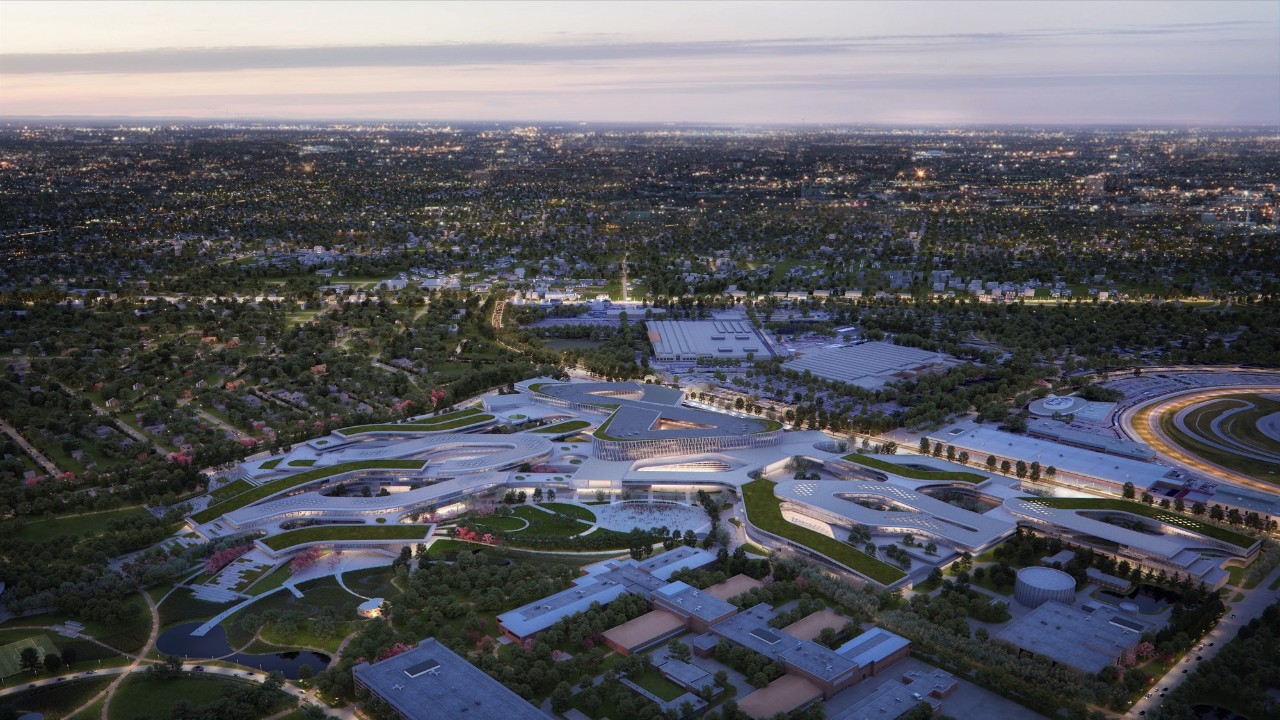
Ford to create campus of the future in Dearborn to speed product innovation and attract world-class talent
Ford Motor Company today detailed an expanded vision to transform its Research & Engineering Center in Dearborn into a high-tech, efficient, forward-thinking campus for thousands of its designers, engineers and product development workers.
The focal point will be a new central campus building which sits on the site of Ford’s 66-year-old Product Development Center, located on the northwest corner of today’s Research & Engineering Center. Future home to Ford’s product development community, initial construction of the new building will be complete by the end of 2022. Paired with the restoration of Michigan Central Station in Detroit’s Corktown neighborhood into a collaborative space to create future mobility solutions, the new facility will help Ford speed product and technology innovation and attract world-class talent.
Sitting along Oakwood Boulevard, close to downtown west Dearborn and The Henry Ford Museum, the central campus building will be finished in 2025 and co-locate more than 6,000 Ford employees – mainly designers and vehicle development teams – creating an inviting, walkable community entrance to the company’s Research & Engineering campus. Ultimately, the master plan envisions a campus of interconnected buildings that could one day house more than 20,000 employees in a flexible, high-tech environment.
“From the Rouge to Highland Park in Detroit to Dagenham in the U.K., Ford has leveraged innovative workspaces and facilities to inspire our teams to invent the future,” said Ford President and CEO Jim Hackett. “Our vision for our Dearborn Research & Engineering campus – and our new Corktown campus and Ann Arbor robotics lab – will enable Ford to lead the next era of transportation and personal mobility, and help us continue our founding mission of driving human progress through the freedom of movement.”
The new master plan framework is the result of a two-year research and planning process led by Snøhetta as lead architect, landscape architect and master planner. The plan is based on three core principles – integration, interaction and co-location – to advance Ford’s vision to serve customers through a winning portfolio, new propulsion choices, autonomous technology and mobility services.






